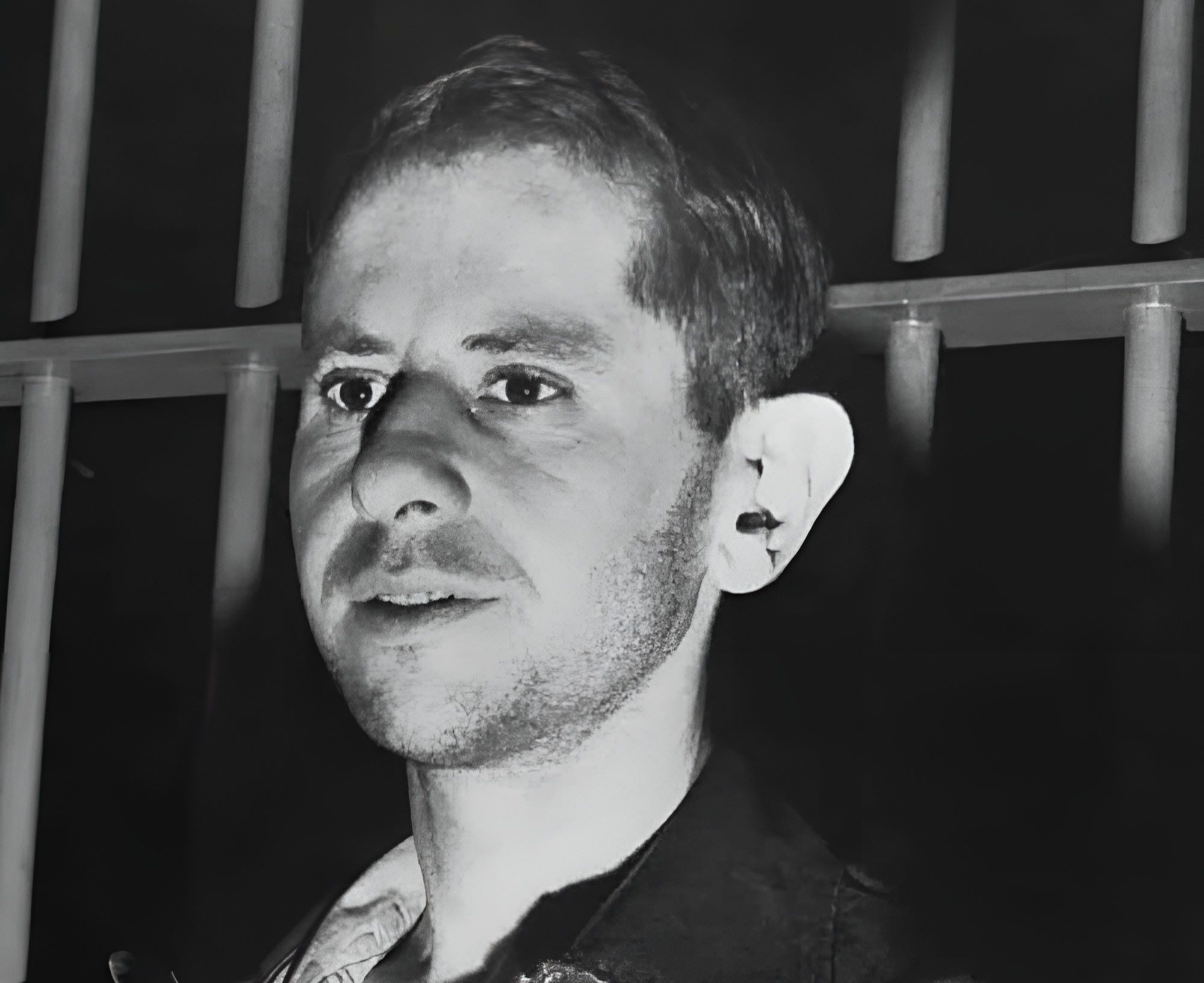
Who was Harvey Glatman? Harvey Glatman, often dubbed the "Glamour Girl Slayer," was an American serial killer active in the late 1950s. Known for his chilling modus operandi, Glatman lured aspiring models with promises of fame, only to subject them to horrific fates. His crimes shocked the nation and highlighted the dark side of the entertainment industry. Why should you care? Understanding Glatman's story isn't just about morbid curiosity; it's a stark reminder of the importance of personal safety and the dangers lurking behind seemingly innocent opportunities. What will you learn? This blog post will dive into 35 intriguing facts about Harvey Glatman, shedding light on his life, crimes, and the impact he left on society. Buckle up for a gripping read that blends true crime with valuable lessons.
Early Life and Background
Harvey Glatman, a name that sends shivers down the spine, had a life filled with dark twists. Let's dive into the early years of this notorious figure.
- Born on December 10, 1927, in the Bronx, New York, Glatman moved to Denver, Colorado, with his family at a young age.
- From an early age, he exhibited troubling behaviors, including a fascination with tying himself up.
- His parents initially dismissed these behaviors as harmless quirks, unaware of the sinister path they foreshadowed.
- By his teenage years, Glatman had started breaking into homes, stealing women's clothing, and engaging in voyeurism.
- He was arrested for the first time at age 17 for attempted sexual assault, marking the beginning of his criminal record.
Criminal Activities
Glatman's criminal activities escalated over time, leading to a series of heinous acts that shocked the nation.
- After moving to Los Angeles in the 1950s, he began posing as a photographer to lure women into his trap.
- He would contact aspiring models, offering them photo shoots, only to kidnap, assault, and murder them.
- Glatman meticulously documented his crimes, taking photographs of his victims before and after their deaths.
- His first known murder victim was Judy Ann Dull, a 19-year-old model, whom he killed in August 1957.
- Over the next year, he murdered two more women, Shirley Ann Bridgeford and Ruth Mercado, using the same modus operandi.
Capture and Trial
Glatman's reign of terror came to an end thanks to a combination of luck and diligent police work.
- In October 1958, Glatman was caught in the act of attempting to kidnap a woman named Lorraine Vigil.
- Vigil managed to escape and reported the incident to the police, leading to Glatman's arrest.
- During his interrogation, he confessed to the murders of Dull, Bridgeford, and Mercado, as well as several other crimes.
- Glatman showed no remorse for his actions, calmly detailing his crimes to the authorities.
- His trial was swift, and he was convicted of first-degree murder in December 1958.
Execution and Legacy
Glatman's life ended as violently as it had been lived, but his story continues to fascinate and horrify.
- He was sentenced to death and executed in the gas chamber at San Quentin State Prison on September 18, 1959.
- Glatman's case is often cited as an early example of a sexually motivated serial killer.
- His meticulous documentation of his crimes provided valuable insights into the psychology of such offenders.
- The photographs he took of his victims were used as evidence in his trial, highlighting the chilling nature of his crimes.
- Glatman's story has been the subject of numerous books, documentaries, and true crime shows.
Psychological Profile
Understanding Glatman's psychological makeup offers a glimpse into the mind of a serial killer.
- Psychologists have speculated that Glatman suffered from antisocial personality disorder and sexual sadism.
- His early fascination with bondage and self-torture hinted at deep-seated psychological issues.
- Glatman exhibited a lack of empathy and remorse, common traits among serial killers.
- His methodical approach to his crimes suggests a high level of premeditation and planning.
- Despite his heinous acts, Glatman maintained a calm and unassuming demeanor, making him difficult to detect.
Impact on Law Enforcement
Glatman's case had a significant impact on law enforcement practices and the understanding of serial killers.
- His capture highlighted the importance of victim testimony in solving crimes.
- The use of photographic evidence in his trial set a precedent for future cases involving serial killers.
- Glatman's case underscored the need for better psychological profiling techniques.
- Law enforcement agencies began to develop more sophisticated methods for tracking and apprehending serial offenders.
- His crimes prompted increased awareness and caution among aspiring models and photographers.
Cultural Influence
Glatman's story has left an indelible mark on popular culture, inspiring various forms of media.
- The 1960 film "The Strangler" was loosely based on Glatman's crimes.
- His case has been featured in several true crime documentaries, including episodes of "Forensic Files" and "Criminal Minds."
- Glatman's life and crimes have been the subject of numerous books, including "The Crime of the Century" by Dennis McDougal.
- His story continues to be a topic of discussion in true crime forums and podcasts.
- Glatman's legacy serves as a grim reminder of the dark side of human nature and the importance of vigilance in the face of evil.
Final Glimpse at Harvey Glatman
Harvey Glatman’s story is a chilling reminder of the dark corners of human nature. His crimes in the 1950s shocked the nation and left a lasting impact on how law enforcement handles serial killers. Glatman’s methodical approach and use of photography to document his crimes were particularly disturbing. His capture and subsequent execution brought a sense of justice, but the scars he left on his victims' families remain.
Understanding Glatman’s actions helps us appreciate the advancements in criminal profiling and forensic science. It also serves as a cautionary tale about the importance of vigilance and the need for robust systems to protect vulnerable individuals. While his name may not be as well-known as other serial killers, the horror of his deeds ensures he won’t be forgotten. Stay informed, stay safe, and remember the lessons from history.
Was this page helpful?
Our commitment to delivering trustworthy and engaging content is at the heart of what we do. Each fact on our site is contributed by real users like you, bringing a wealth of diverse insights and information. To ensure the highest standards of accuracy and reliability, our dedicated editors meticulously review each submission. This process guarantees that the facts we share are not only fascinating but also credible. Trust in our commitment to quality and authenticity as you explore and learn with us.


